Source code review service is crucial in cybersecurity, particularly for applications handling sensitive data like healthcare records or financial information. It involves a detailed analysis of the source code review to uncover vulnerabilities that might not be apparent during other testing methods. Skilled security architects use a checklist of common implementation and design flaws to meticulously examine the code, aiming to identify potential security risks. This process is essential for ensuring that the application’s codebase is robust and resistant to cyber threats.
Source Code Review Service Insights
In addition to uncovering vulnerabilities, source code review provides insights into the overall quality of the code. It can reveal areas where the code might be inefficient, poorly structured, or not following best practices. Addressing these issues not only improves the security of the application but also enhances its performance and maintainability. By conducting source code reviews, organizations can proactively identify and address security and quality issues before they manifest into serious problems.
Furthermore, source code review service is an essential part of the secure software development lifecycle (SDLC). It helps ensure that security is integrated into the development process from the early stages. By catching and fixing vulnerabilities early on, organizations can significantly reduce the cost and effort required to address them later in the development cycle or after deployment. This proactive approach to security is crucial for building secure and resilient applications in today’s threat landscape.
Source Code Review Vs. Secure Code Review: Understanding the Difference
While source code review services and secure code review service are related concepts, they serve different purposes in the context of cybersecurity. Source code review focuses on identifying general software flaws, such as logic errors, coding mistakes, or performance issues. It aims to improve the overall quality and reliability of the codebase by addressing these non-security-related issues.
On the other hand, secure code review specifically targets security vulnerabilities within the code. It involves a deeper analysis of the code to identify potential weaknesses that could be exploited by attackers. This type of review is essential for ensuring that the application is resilient against security threats such as SQL injection, cross-site scripting (XSS), or authentication bypass.
In summary, while source code review aims to improve the overall quality of the code, secure code review focuses on identifying and mitigating security risks. Both are essential components of a comprehensive cybersecurity strategy, working together to ensure that applications are not only functional and efficient but also secure and resistant to cyber threats.
Importance of Source Code Audit
A Source code audit is essential for any organization that develops software, especially in industries like healthcare or finance where security and compliance are paramount. It helps identify vulnerabilities and weaknesses in the codebase that could be exploited by attackers. By conducting regular source code audits, organizations can proactively address these issues, reducing the risk of data breaches or other security incidents.
Moreover, a source code audit is often a requirement for compliance with industry regulations and standards. For example, in healthcare, organizations must comply with the Health Insurance Portability and Accountability Act (HIPAA), which mandates the protection of patient data. A thorough source code audit can help ensure that the application meets these compliance requirements, avoiding potential legal and financial consequences.
Additionally, source code audit is crucial for maintaining the trust of users and customers. In today’s digital age, where data breaches and cyber-attacks are common, users expect the software they use to be secure and reliable. By conducting regular source code audits and addressing any vulnerabilities discovered, organizations can demonstrate their commitment to security, build trust with their user base, and maintain a positive reputation in the market.
Read More : What is Source Code Review: A Comprehensive Guide 2024
What are the Benefits of Doing Source Code Review Service?
Source code review service offer numerous benefits for cybersecurity, ensuring the security, reliability, and compliance of software applications. One key advantage is their ability to uncover vulnerabilities in the code that may not be apparent through other testing methods. This includes identifying potential security loopholes, coding errors, or design flaws that could be exploited by attackers, helping organizations proactively address these issues.
Compliance
Source code reviews are crucial for ensuring compliance with industry regulations and standards, particularly in highly regulated sectors like healthcare and finance. Adherence to standards such as HIPAA or PCI DSS is mandatory, and source code reviews play a vital role in ensuring that software applications meet these requirements. By conducting regular reviews, organizations can demonstrate their commitment to compliance and avoid potential legal and financial consequences.
Code Quality
Additionally, beyond security and compliance, source code reviews contribute to overall code quality. They help identify areas where the code can be optimized, refactored, or made more efficient, leading to improved performance and maintainability. Early detection of issues is another significant benefit, as source code reviews conducted early in the development lifecycle can help prevent problems from escalating into more significant issues later on, saving time, effort, and resources.
Security Awareness
Involving developers in the source code review process enhances their understanding of security best practices and vulnerabilities, contributing to a more security-conscious development culture within the organization. Finally, regular source code reviews demonstrate a commitment to security and reliability, which can enhance customer trust in the organization’s products and services, particularly in industries where data privacy and security are paramount concerns for customers.
Choose the Right Source Code Review Service
Choosing the right source code review service is a critical decision that directly impacts the security and quality of your software application. To make an informed choice, consider the following criteria and tips for evaluating different service providers.
Criteria for Selection:
- Expertise and Experience: Look for providers with a proven track record in conducting source code reviews. Experienced reviewers are more likely to identify complex vulnerabilities and provide actionable recommendations.
- Security Knowledge: Ensure the provider’s experts are well-versed in modern security practices, frameworks, and attack vectors. Ask about their experience in dealing with the specific programming languages and technologies your application uses.
- Comprehensive Assessment: A reliable provider should offer a comprehensive assessment of your code, covering various security vulnerabilities, code quality issues, and compliance concerns.
- Customization: Different applications have different security needs. The provider should offer customized assessments tailored to your application’s architecture and business requirements.
- Reporting and Recommendations: Look for clear and concise reports that detail identified vulnerabilities, their potential impact, and actionable recommendations for remediation.
- Collaboration and Communication: Effective communication is key during the review process. Ensure the provider is responsive to questions, feedback, and discussions that arise during the review.
- Data Handling and Privacy: The provider should have stringent policies in place to protect your sensitive source code and any information shared during the review.
- Reputation and References: Seek out reviews and testimonials from past clients. Positive feedback and references from reputable sources can indicate the provider’s reliability.
Tips for Evaluation:
- Request a Sample Report: Ask for a sample source code review report from the provider to gauge their reporting style and depth of analysis.
- Discuss Methodology: Have a detailed discussion about the provider’s approach to source code review, including the tools they use and their process for comprehensive coverage.
- Ask About Feedback Loop: Inquire about their process for addressing questions or disagreements that may arise during the review to ensure a collaborative process.
- Discuss Turnaround Time: Understand the provider’s expected turnaround time for completing the review, balancing speed with thoroughness.
- Check for Certifications: Some providers may hold relevant security certifications or accreditations, indicating their commitment to industry best practices.
- Request Case Studies: Ask for case studies or success stories where the provider identified and helped mitigate critical vulnerabilities.
- Consider Cost and Value: While cost is a factor, prioritize value over the lowest price. A thorough review that identifies critical vulnerabilities is more valuable in the long run.
Qualysec, The Best Source Code Review Service
Amid this dynamic security landscape emerges Qualysec, a luminary in cloud-based vulnerability and compliance management solutions. Their arsenal equips enterprises to orchestrate continuous monitoring, Source Code Review Service, vulnerability assessment, and comprehensive compliance management across their sprawling IT infrastructure.
Qualysec’s Cybersecurity services are an intricate dance of manual finesse and automated precision, maximizing vulnerability coverage. Their detailed reports unravel a prioritized compendium of vulnerabilities, accompanied by practical recommendations for ironclad remediation. It’s a partnership where Qualysec acutely understands your unique needs, tailoring their solutions to match.
Qualysec extends an array of services encompassing:
- Web App Pentesting
- Mobile App Pentesting
- API Pentesting
- Cloud Security Pentesting
- IoT Device Pentesting
- AI ML Pen testing
Qualysec’s services come to the fore for businesses navigating industry regulations or those aiming to demonstrate their security commitment to stakeholders. By embracing Qualysec as your trusted sentinel, you are crafting a fortress for your web applications, ensuring their impregnability.
Key Hallmarks of Qualysec
-
- 3000+ Comprehensive Tests: An arsenal of tests capable of exorcising all forms of vulnerabilities.
- Business Logic Expertise: Uncovering business logic errors and security chasms.
- False Positives: Zealously minimizing false positives through meticulous manual pen testing.
- Compliance-Centric Scans: Enabling compliance with standards like SOC2, HIPAA, and ISO27001.
- Expert Remediation: Aiding remediation through in-call guidance from seasoned security experts.
Qualysec is another noteworthy player in the field of Source Code Review Service. Renowned for its in-depth assessments and meticulous approach, Qualysec aids businesses in understanding their cybersecurity posture. Their penetration testing methodologies go beyond identifying vulnerabilities; they provide comprehensive reports that assist organizations in implementing robust security measures.
A comprehensive report can give developers an insight into bugs and vulnerabilities. Do you know, what a source code audit report looks like? Download our sample report for a complete view.
Latest Penetration Testing Report

Automated and Manual Approaches
Source code review, whether conducted manually, automatically, or through a combination of both methods, is a crucial process performed by security specialists to ensure the security and reliability of software applications. The review can be initiated either by an automated alert or by a human decision, and it aims to identify and address potential vulnerabilities and weaknesses in the code.
Automated code reviews are efficient for evaluating large codebases quickly. During the development process, penetration testers utilize automated tools, both free and paid, to identify vulnerabilities in real-time. Static Application Security Testing (SAST) tools are commonly used for automated reviews as they provide additional insights and help testers address vulnerabilities. Some development teams also encourage developers to conduct self-reviews as they code, which further enhances the overall security posture.
On the other hand, manual code reviews involve a thorough examination of the entire codebase by a senior or experienced penetration tester. While this process is more time-consuming and labor-intensive, it is effective in identifying complex issues such as business logic flaws that automated tools may overlook. Combining automated and manual code review processes is often considered the most effective approach, as it leverages the strengths of both methods to ensure comprehensive coverage and accuracy in identifying vulnerabilities.
Want to learn more about the security of your source code from experts? Schedule a call for Free and talk to the Experts in the field of source code audits.
Talk to our Cybersecurity Expert to discuss your specific needs and how we can help your business.
Conclusion
In the rapidly evolving landscape of software development, prioritizing code security has become a non-negotiable imperative. This blog post has delved into the critical role of source code review services in enhancing code security, offering a comprehensive understanding of their significance and benefit.
As technology continues to reshape industries and daily life, vulnerabilities within software applications pose significant risks. The stories of Equifax, Heartbleed, and others stand as cautionary tales, underscoring the critical importance of proactive security measures. Regular source code review services serve as a foundational pillar in this proactive approach.
By embracing source code review services, organizations can detect vulnerabilities early, reduce the risk of breaches, minimize financial losses, and maintain the trust of their stakeholders. Moreover, the long-term benefits of improved code quality, secure coding practices, and a culture of security consciousness make code review an investment that pays dividends far into the future.
Qualysec has a successful track record of serving clients and providing cybersecurity services across a range of industries such as IT. Their expertise has helped clients identify and mitigate vulnerabilities, prevent data breaches, and improve their overall security posture.
When it comes to comprehensive cybersecurity audits, Qualysec is the organization to go with. Their cost of VAPT guide helps clients make informed decisions by understanding the various factors that affect the cost by clicking here.
FAQs:
1. How do you review source code?
Manual code review entails a human inspecting source code line by line for flaws. Manual code review aids in the clarification of the context of coding decisions. Automated tools are speedier, but they cannot consider the developer’s goals or general business logic.
2. Why do we need a source code review?
Secure code review is a manual or automated procedure that evaluates the source code of an application. This examination’s purpose is to detect any current security flaws or vulnerabilities. Among other things, code review searches for logic flaws reviews spec implementation, and verifies style rules.
3. What are the two types of code review?
In addition to personally scanning the code, automated security code review technologies may be used to complete the audit. They are classified as SAST (Static Application Security Testing) and DAST (Dynamic Application Security Testing).









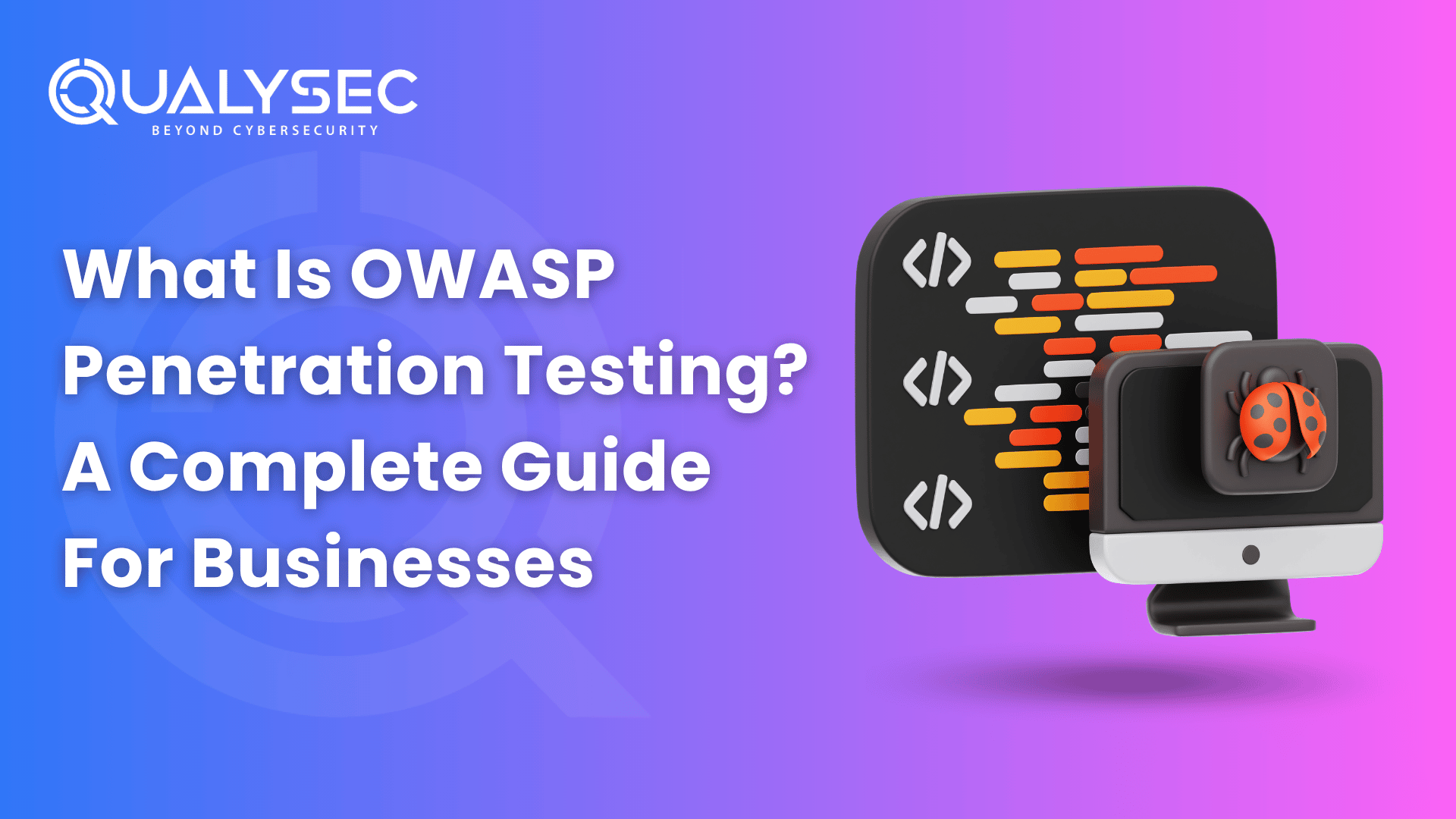

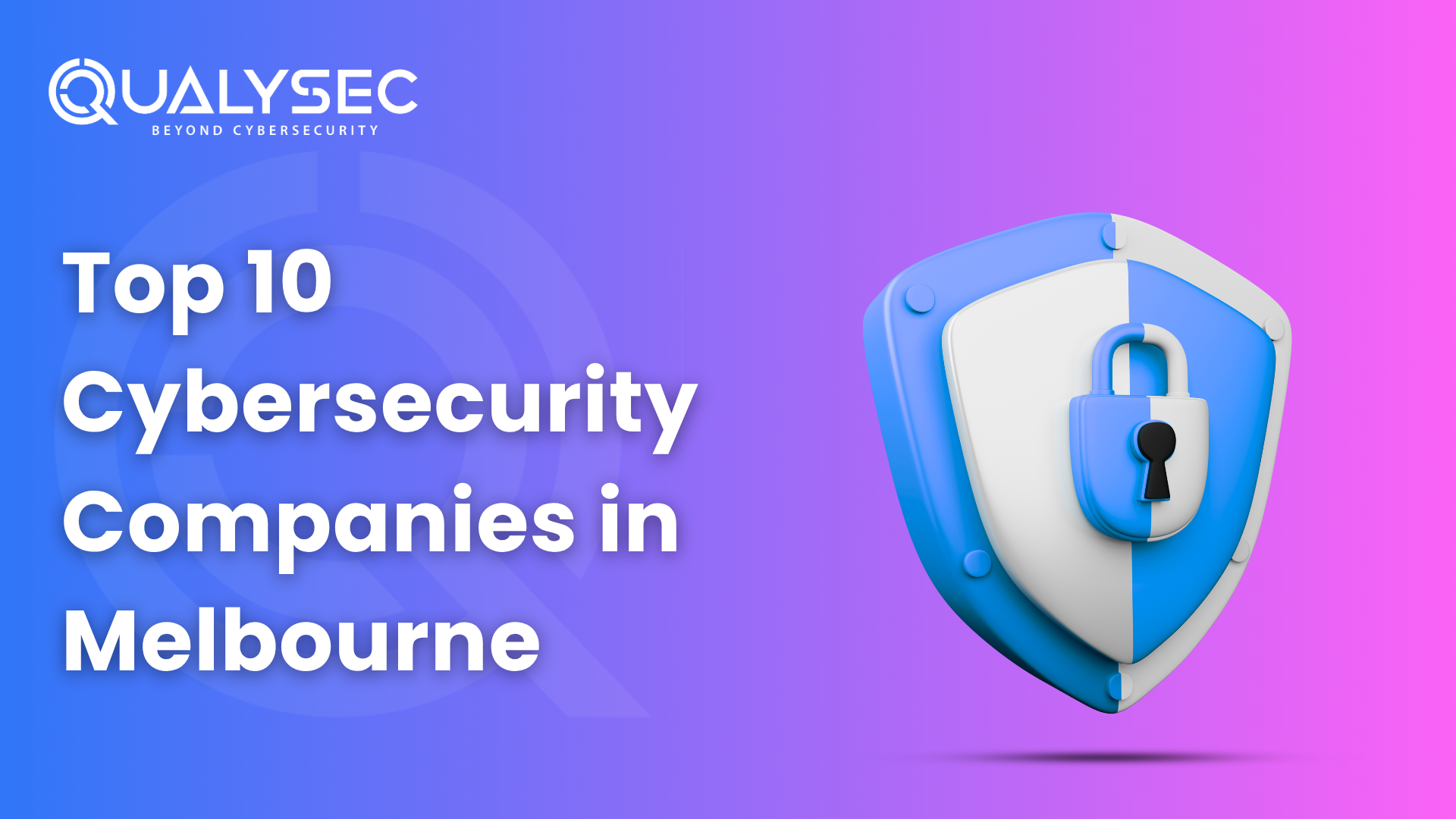
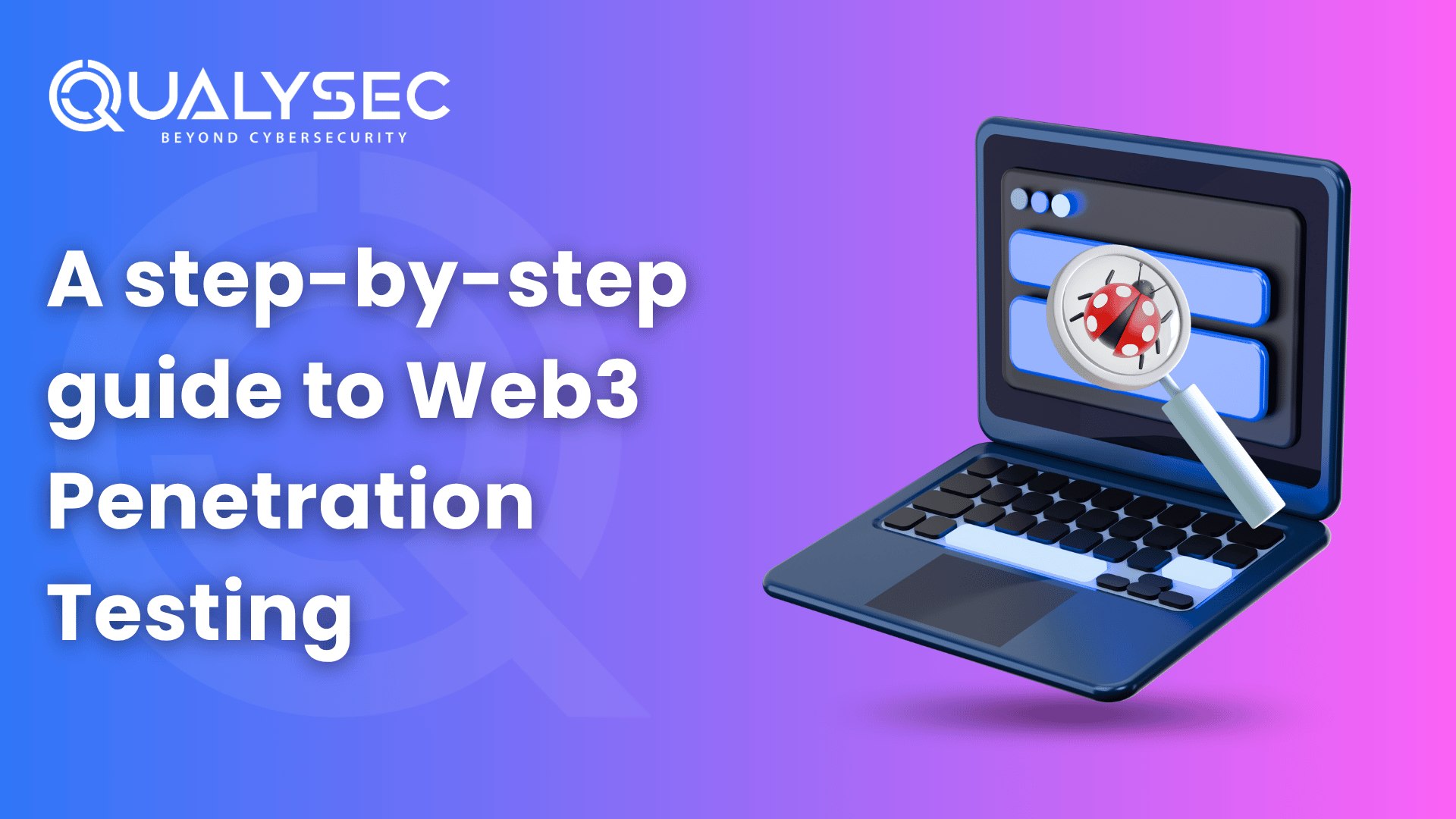
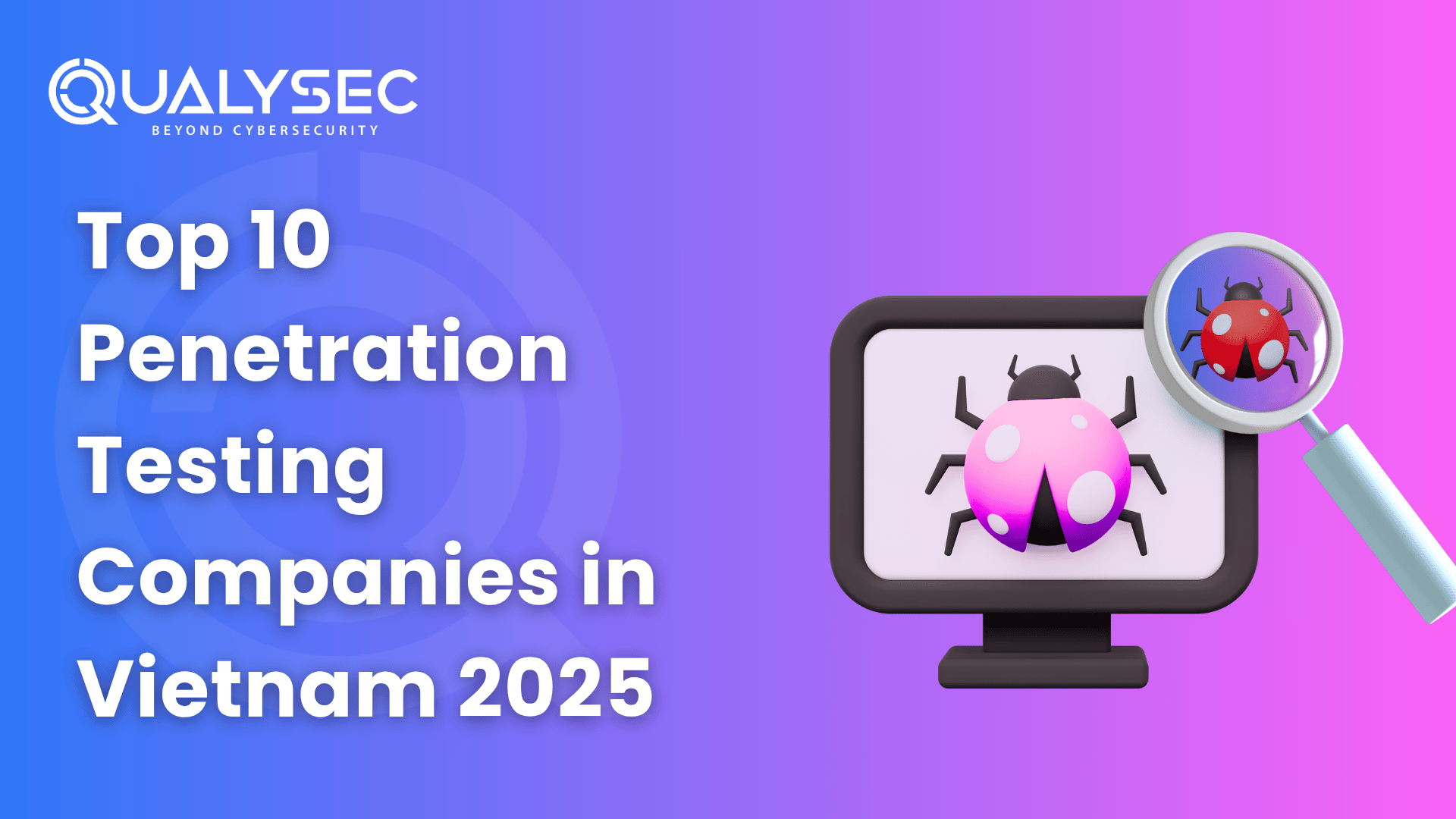
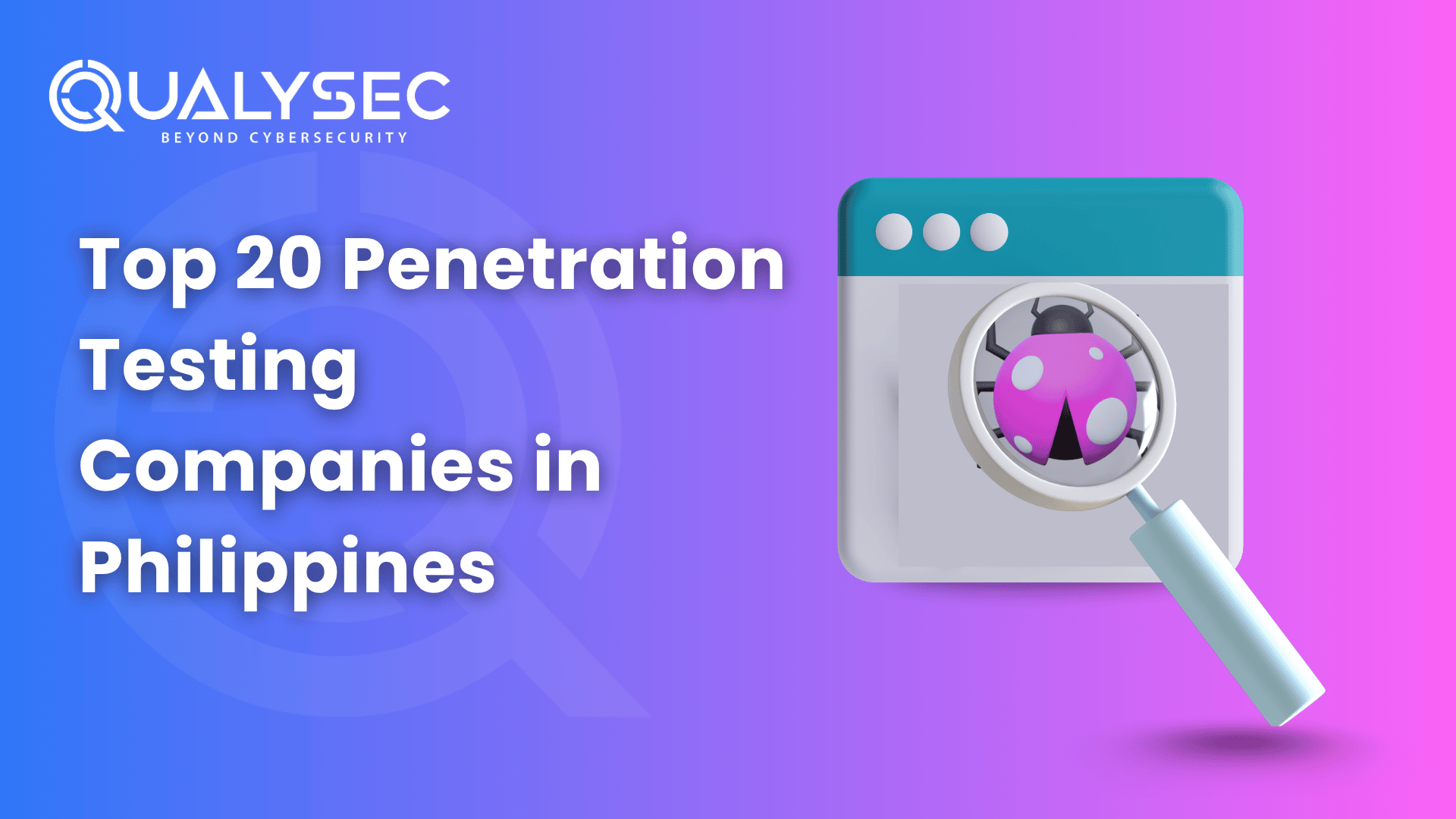
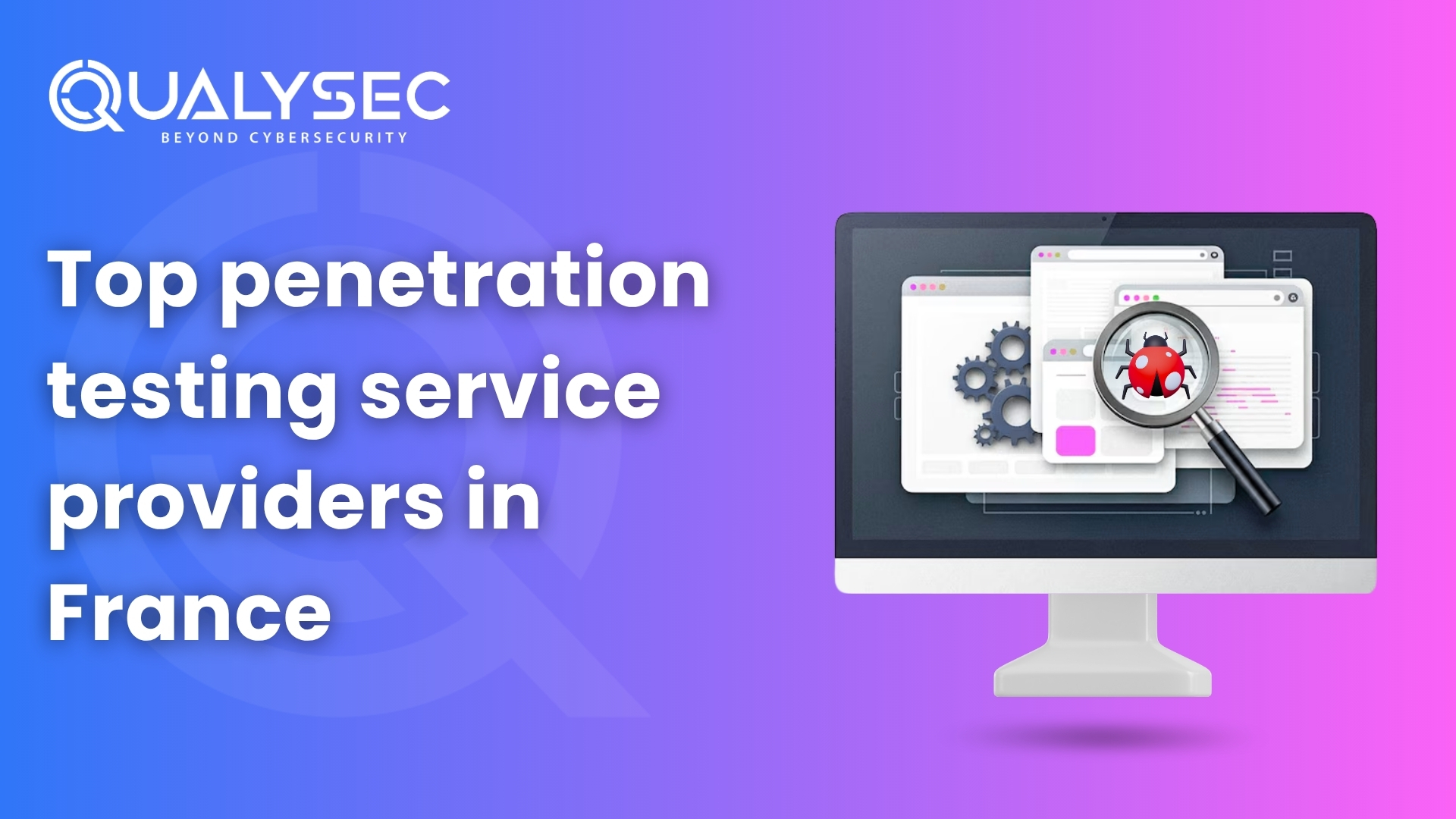






































































































































































































































































































































0 Comments